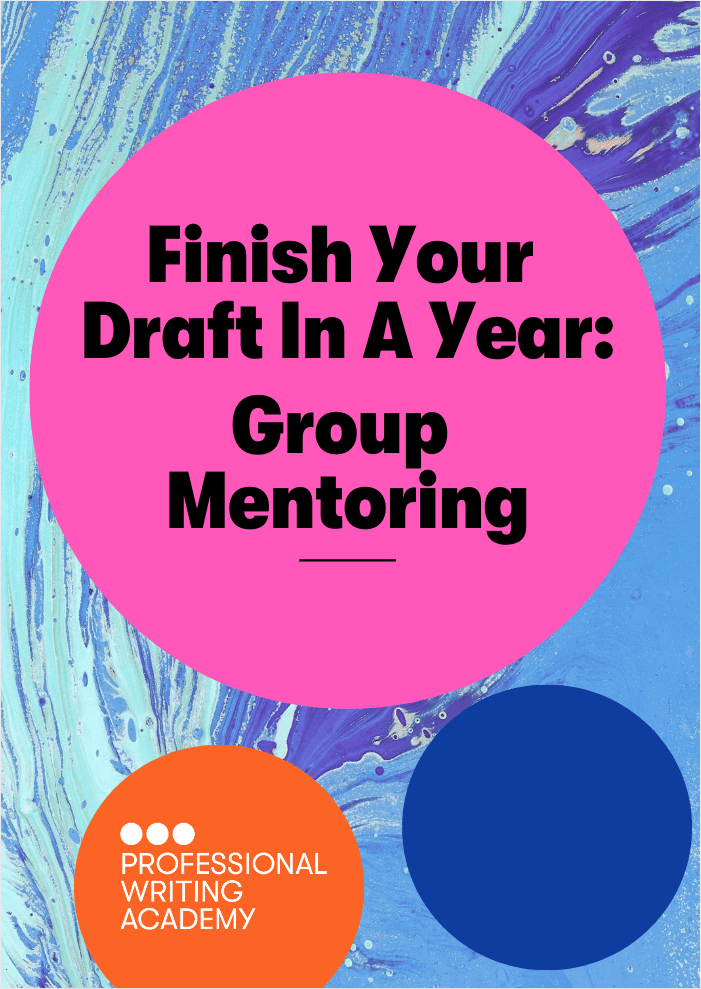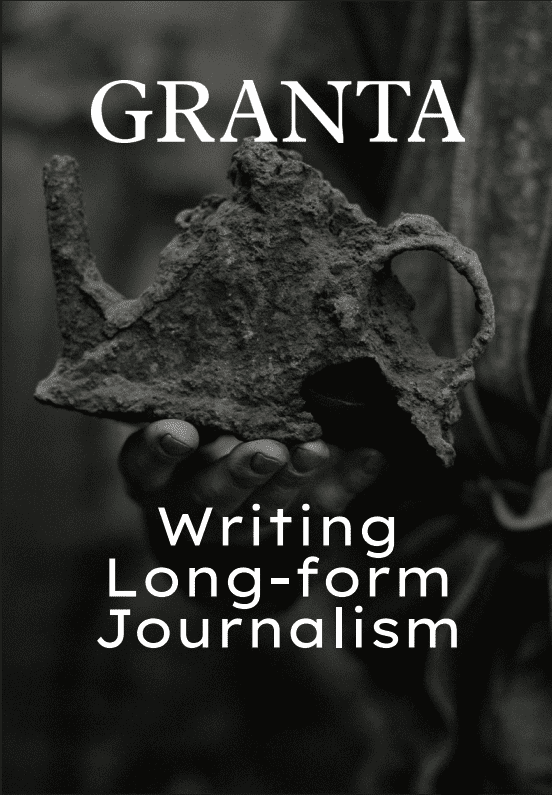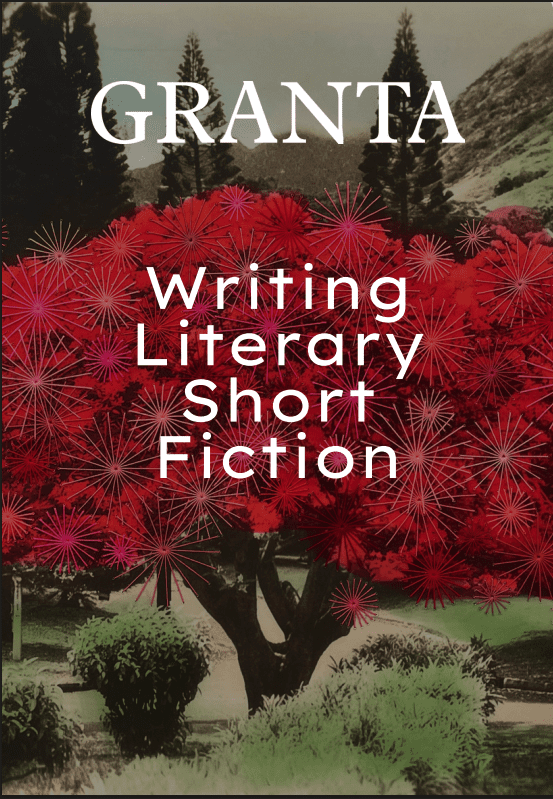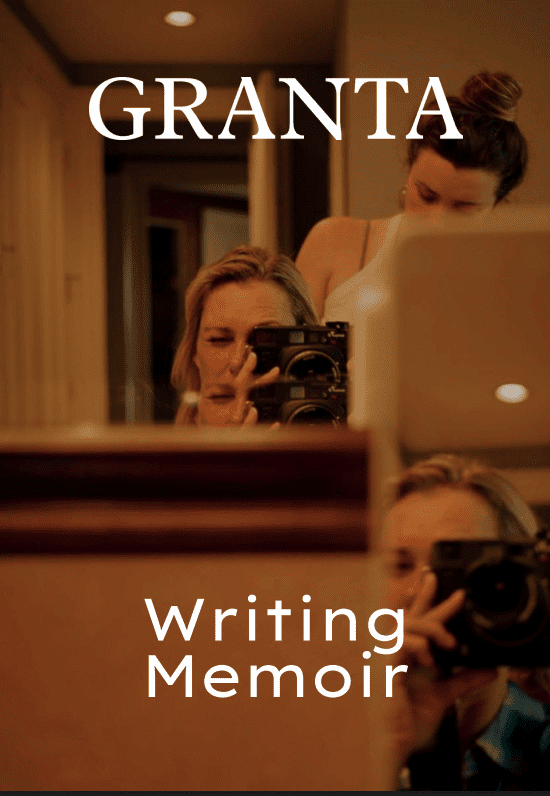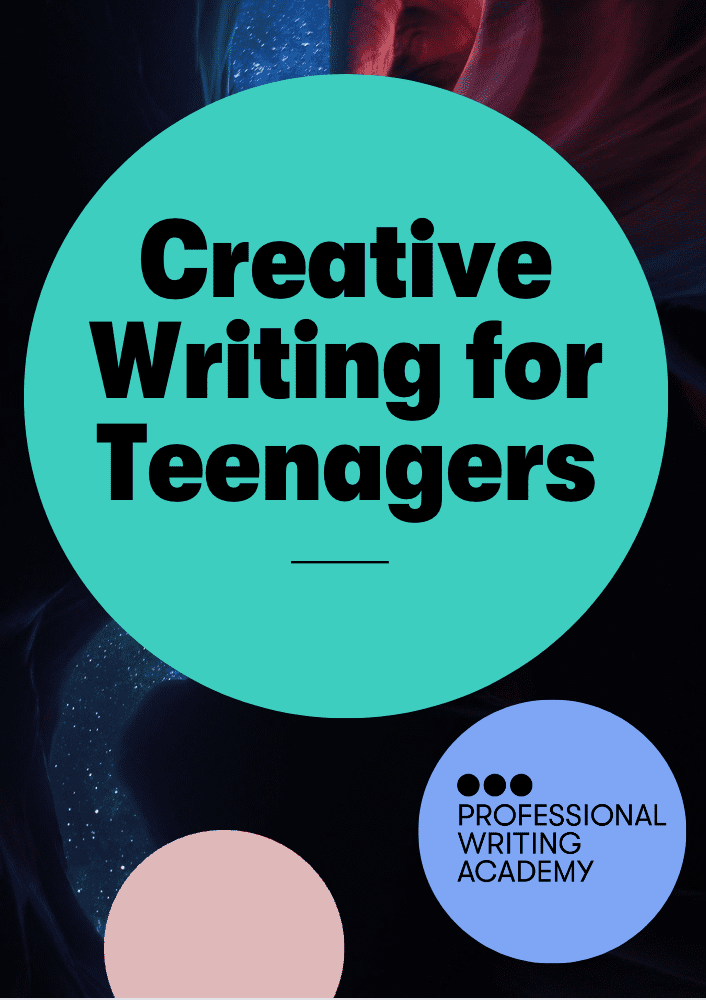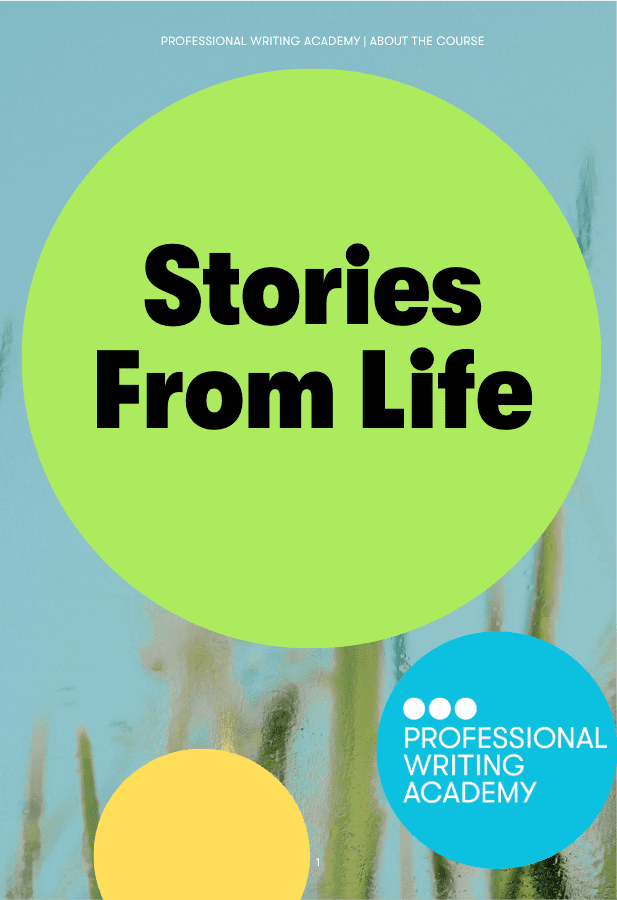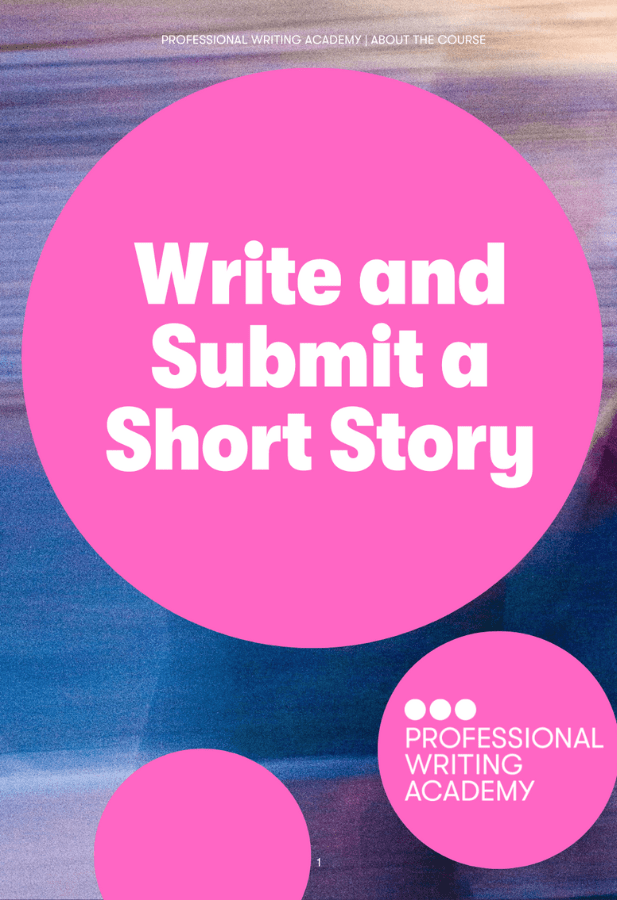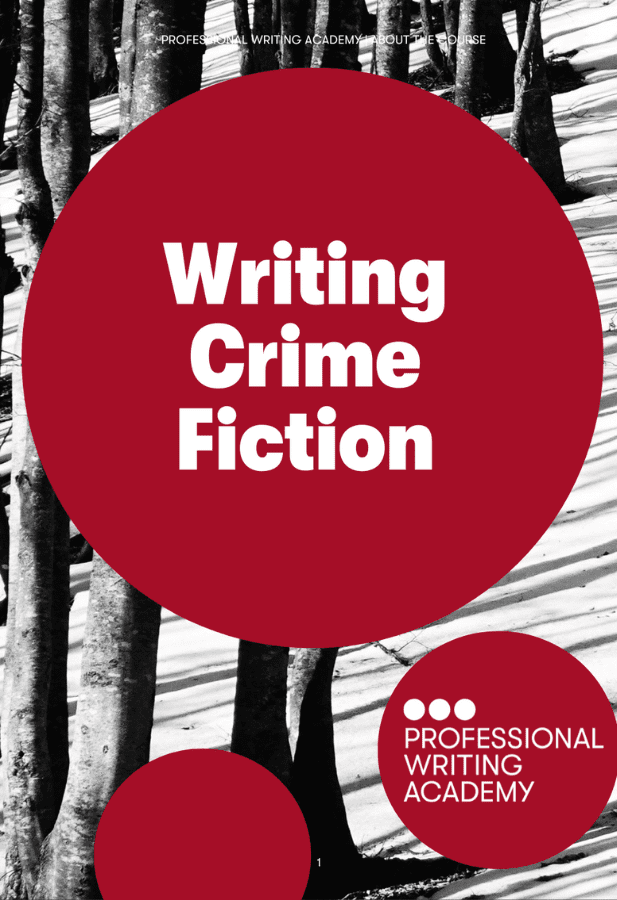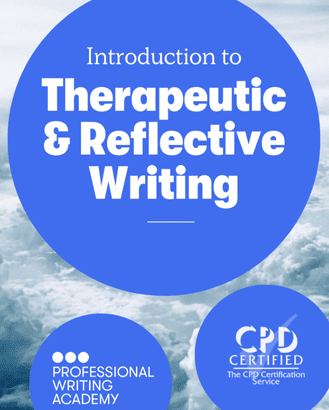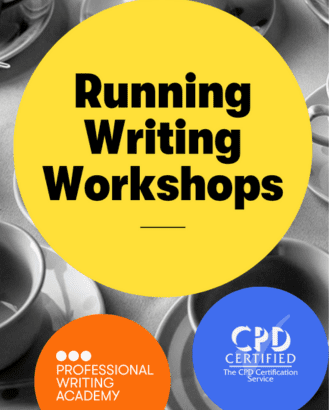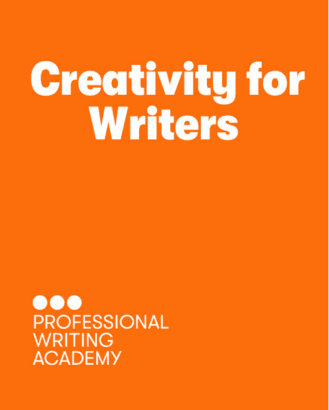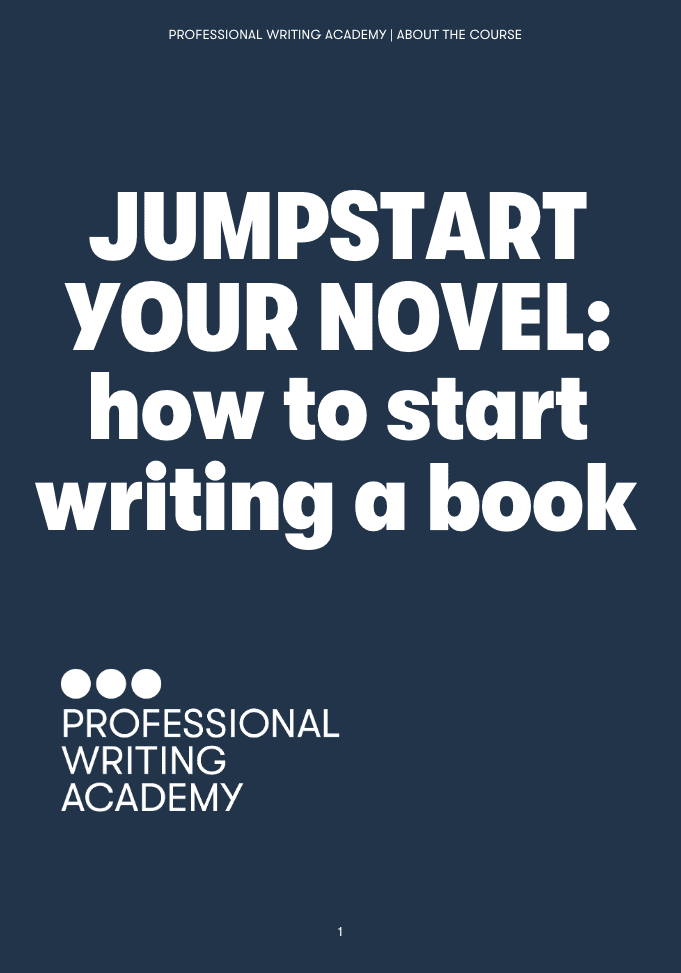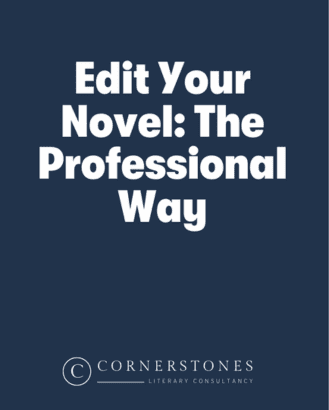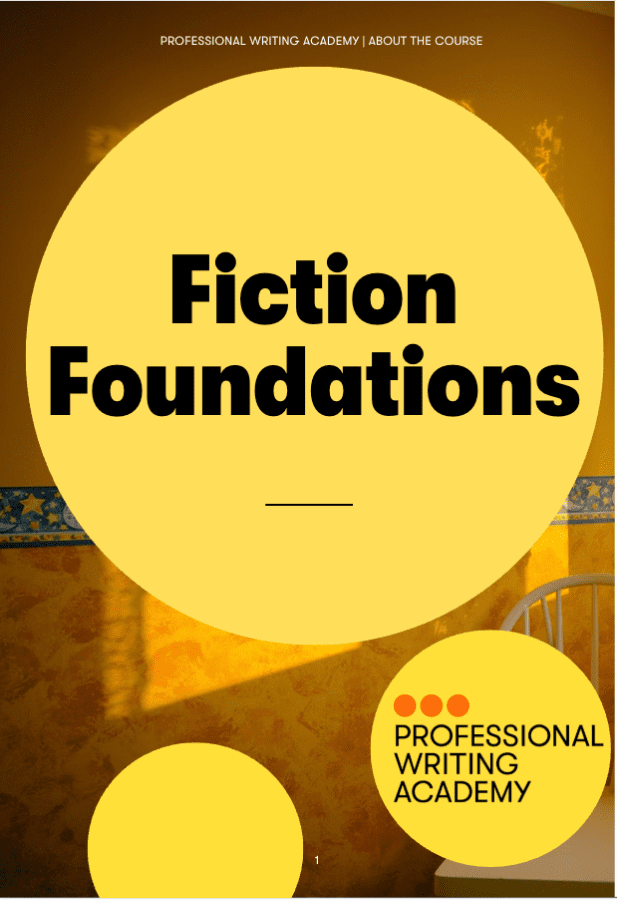Crafting an authentic voice is key to building a story that resonates with your readers. Whether your genre of choice is romantasy, dystopian adventure or a contemporary coming-of-age tale, the voice you establish can make or break your story.
A compelling voice draws your readers in, encourages emotional connection and keeps them reading to the very end – but it’s easier said than done. Make yours a page-turner with our 5 top tips.
1. Relatability is key
Relatability is the backbone of young adult fiction. At an age where readers are seeking reassurance, characters that reflect real-life feelings, goals and challenges are vital.
Teenage readers are often grappling with their identities and how to find their own place in the world, often seeing it (for better or worse) with critical eyes for the first time. So many classics centre around first loves, heartbreaks and loss as readers seek support and recognition for scenarios in their own lives.
One effective way to create relatable characters is to draw from your own experiences and emotions. Think about the people in your own life, the challenges they faced as young adults, and the emotions they experienced then. By drawing on your own experiences, you can set up characters that feel authentic and relatable to your readers.
2. Understand your audience
One thing to consider when writing your novel (and pitching it later on) is who you envisage connecting with it. Young adult readers span a wide range of ages, backgrounds and experiences. Pick your ideal target audience first, starting with a niche your story speaks to, and build your story out from there.
Follow your target reader’s interests and concerns, and research what appeals to them. Going beyond a surface-level understanding will reinforce your voice and help you craft a tone that speaks directly to your audience.
It’s also important to take the time to read the current releases your readers are engaging with. The YA market changes quickly, so you need to be reading the latest books to keep up to date. Dip into BookTok and Bookstagram to see what teens are reading and recommending, and gain insight about what speaks to them.
3. Dialogue (that doesn’t make them cringe)
Dialogue is hard to master. For teen readers there’s nothing more jarring than ill-placed or outdated slang. The art of a distinct character voice is in the rhythm and cadence you construct.
Read your dialogue out loud and consider the flow. Does it sound natural? If another person reads it aloud, do they pause in the same places, stress the same vowels? Try taking away the speech tags – is it easy to tell which character is talking from the way they speak? This is particularly important if you’re writing a novel with a dual narrative.
In the search for natural-sounding dialogue, listen to the way young people speak in real life. Listen in on the bus at school home-time, watch the shows they tune into, like Euphoria – or HBO’s Genera+ion, which is written by and cast with actual teenagers, for a realistic depiction of Gen Z rhythms, cadences and expressions.
Thinking of including online conversations? Take note from Alice Oseman’s bestselling graphic novel series and its recent Netflix adaptation, Heartstopper – for flawless use of internet slang. But beware of how fast this can age your story. What’s popular now could make readers cringe in a year’s time! Take a look at YA tutor Lee Weatherly’s advice on dialogue in this blog.
4. Don’t forget the senses
Young adult fiction can feel bogged-down by twisting plots and complex concepts. So while you’re working on plot, don’t neglect the world-building. Draw readers in by connecting them with the sensory details your character is experiencing. We often focus on what our characters see – but smells, sounds, tastes and textures help readers immerse themselves in your story on a deeper level. Think about your protagonist’s world view and how it affects what they notice. If they love music, for instance, they might be more tuned in to the sounds around them.
5. Feedback, feedback, feedback!
The biggest secret to nailing your voice? Careful editing and revision. If something’s not quite working, don’t be afraid to experiment or try a different approach – you might be surprised by what you discover in the process. A good writing group will look for ways to make your story sing, and can make the writing process more enjoyable by offering support as well as line-by-line feedback.
On our Write a Young Adult Novel online course, you’ll work within a small group of fellow YA writers guided by bestselling YA novelist Lee Weatherly. Sessions are released fortnightly, and together you’ll stress-test your concept, age range and word count, finesse your dialogue and plotting, and learn more about industry expectations with guest authors and agents. Join us to take your unique YA voice to the next level.




